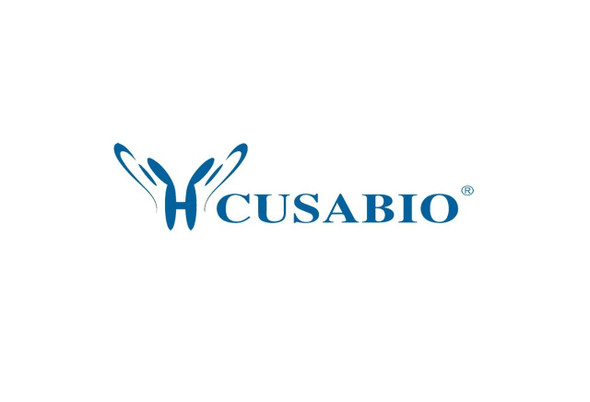Cusabio Polyclonal Antibodies
STARD5 Antibody | CSB-PA286218
- SKU:
- CSB-PA286218
- Availability:
- 3 to 7 Working Days
Description
STARD5 Antibody | CSB-PA286218 | Cusabio
STARD5 Antibody is Available at Gentaur Genprice with the fastest delivery.
Online Order Payment is possible or send quotation to info@gentaur.com.
Product Type: Polyclonal Antibody
Target Names: STARD5
Aliases: StAR-related lipid transfer (START) domain containing 5
Background: Cholesterol homeostasis is regulated, at least in part, by sterol regulatory element (SRE) -binding proteins (e.g., SREBP1; MIM 184756) and by liver X receptors (e.g., LXRA; MIM 602423) . Upon sterol depletion, LXRs are inactive and SREBPs are cleaved, after which they bind promoter SREs and activate genes involved in cholesterol biosynthesis and uptake.
Isotype: IgG
Conjugate: Non-conjugated
Clonality: Polyclonal
Uniport ID: Q9NSY2
Host Species: Rabbit
Species Reactivity: Human, Mouse
Immunogen: Synthetic peptide of human STARD5
Immunogen Species: Human
Applications: ELISA, WB, IHC
Tested Applications: ELISA, WB, IHC;ELISA:1:2000-1:5000, WB:1:500-1:2000, IHC:1:40-1:150
Purification Method: Antigen affinity purification
Dilution Ratio1: ELISA:1:2000-1:5000
Dilution Ratio2: WB:1:500-1:2000
Dilution Ratio3: IHC:1:40-1:150
Dilution Ratio4:
Dilution Ratio5:
Dilution Ratio6:
Buffer: -20°C, pH7.4 PBS, 0.05% NaN3, 40% Glycerol
Form: Liquid
Storage: Upon receipt, store at -20°C or -80°C. Avoid repeated freeze.
Initial Research Areas: Cardiovascular
Research Areas: Cancer;Cardiovascular;Metabolism;Signal transduction











